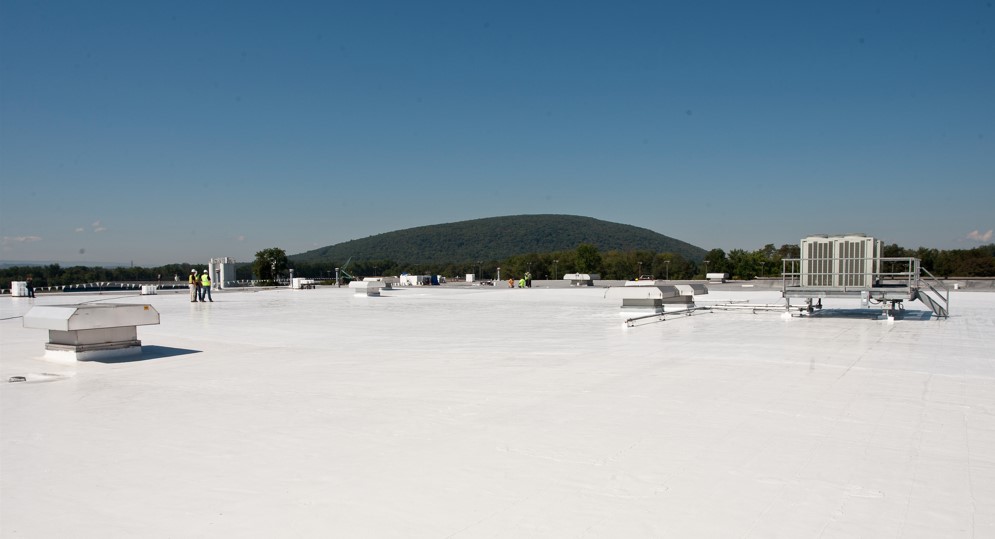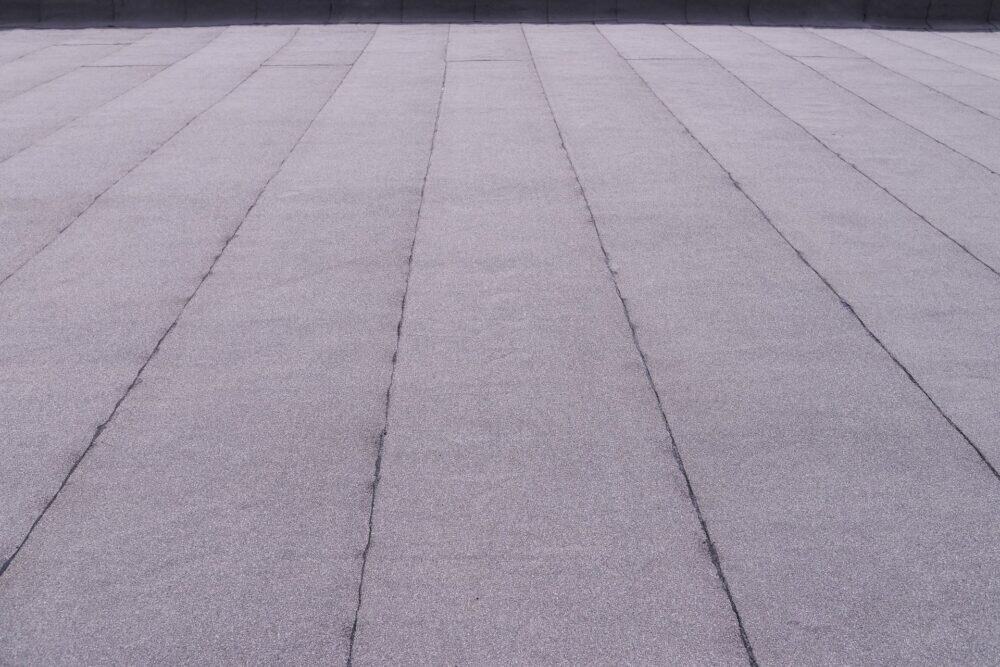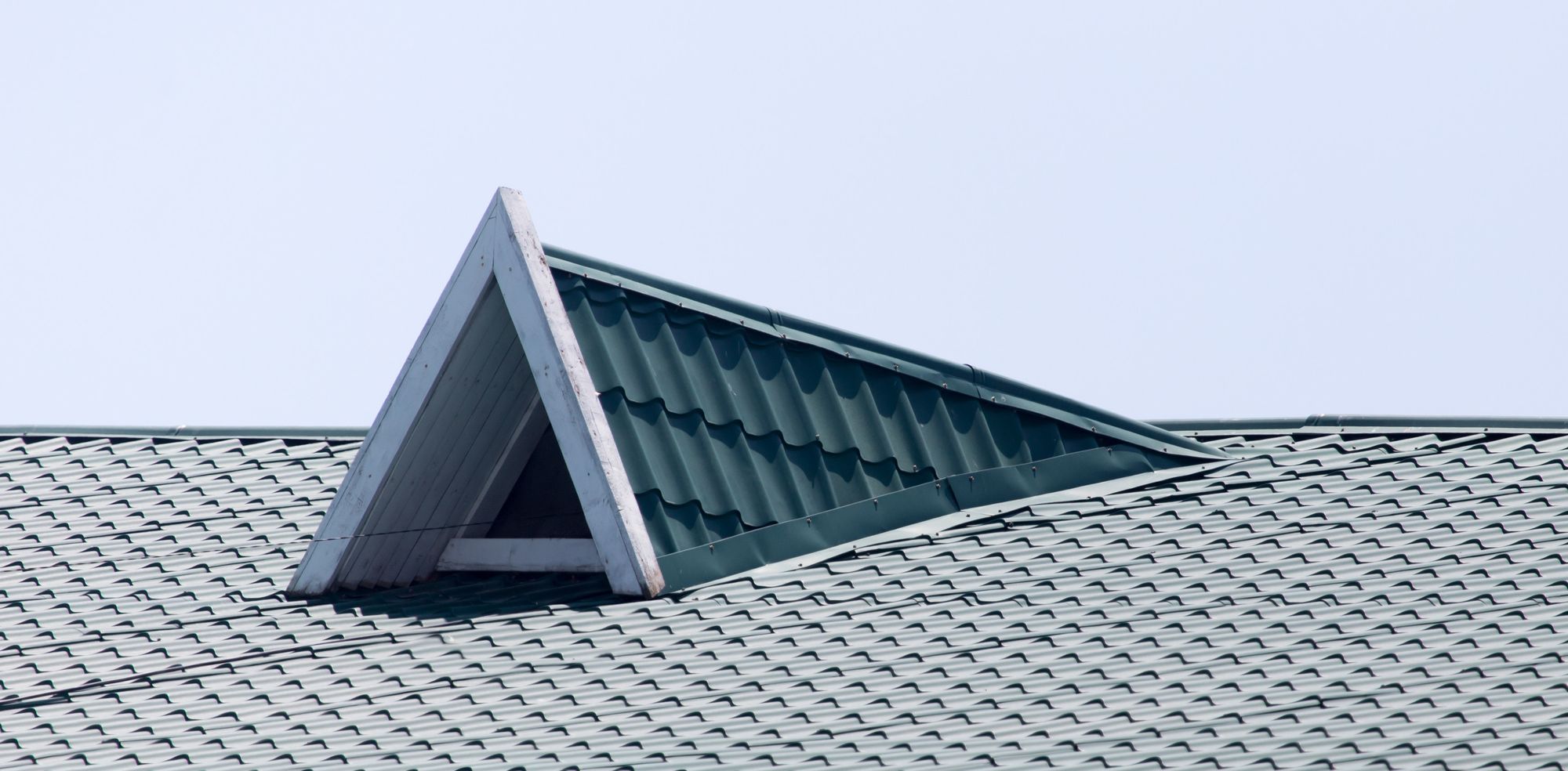Introduction
Roofs are the first line of defense against the elements, and over time, constant exposure to sunlight, rain, snow, and wind can cause serious damage. Roof coatings provide a durable protective layer that shields roofing materials from harsh weather conditions, extending the roof’s lifespan and reducing maintenance costs. In this article, we’ll explore how roof coatings work and why they’re a smart investment for property owners in climates like New Jersey and New York.
What Are Roof Coatings?
A roof coating is a liquid-applied membrane designed to protect and restore existing roofing systems. Once cured, it forms a seamless, waterproof barrier that prevents leaks, UV degradation, and surface damage. Popular types include acrylic, silicone, polyurethane, and asphalt-based coatings — each suited for specific roofing materials and environmental challenges.
Protection Against UV Rays and Sun Damage
Prolonged exposure to the sun’s ultraviolet (UV) rays can cause roofing materials to crack, dry out, or fade. Reflective roof coatings, especially white and elastomeric coatings, help:
- Reflect sunlight and reduce heat absorption.
- Lower roof surface temperature by up to 50°F.
- Decrease energy costs by keeping buildings cooler.
This UV protection not only improves energy efficiency but also slows material degradation, making the roof last years longer.
Waterproofing and Leak Prevention
Heavy rain and snow are major causes of roof leaks. Roof coatings provide a continuous, watertight layer that seals small cracks, seams, and joints — preventing moisture from penetrating the roofing substrate.
Silicone coatings are especially effective in wet or coastal regions, offering superior resistance to ponding water compared to traditional roof materials.
Resistance to Wind and Temperature Fluctuations
Extreme weather events like high winds and rapid temperature changes can cause roofing materials to expand, contract, or lift. Elastomeric coatings are flexible and can stretch with the roof’s movement without cracking.
This elasticity ensures long-term durability, even in areas that experience:
- High wind speeds.
- Frequent freeze-thaw cycles.
- Intense summer heat and cold winters.
Protection from Snow, Ice, and Hail
In northern states, snow and ice buildup can stress roofing structures. Roof coatings provide a smooth, non-stick surface, allowing snow and ice to slide off more easily and reducing the risk of ice dam formation. Additionally, coatings can absorb minor hail impacts without cracking, offering extra defense against physical damage.
Cost Savings and Longevity
A professionally applied roof coating can extend the life of a roof by 10–20 years. This eliminates the need for costly tear-offs and replacements. Maintenance becomes easier, and the energy savings from improved reflectivity often offset the initial investment within a few years.
Environmentally Friendly Roofing Solution
Choosing a roof coating also supports sustainability. Instead of sending old roofing materials to landfills, coatings allow property owners to restore existing roofs, reducing waste and environmental impact. Many coatings are low-VOC and compliant with green building standards.
Conclusion
Roof coatings offer an effective, affordable, and eco-friendly way to protect against harsh weather conditions. Whether you’re dealing with scorching sun, heavy rainfall, or freezing winters, the right roof coating enhances performance, extends roof life, and saves money in the long run.





